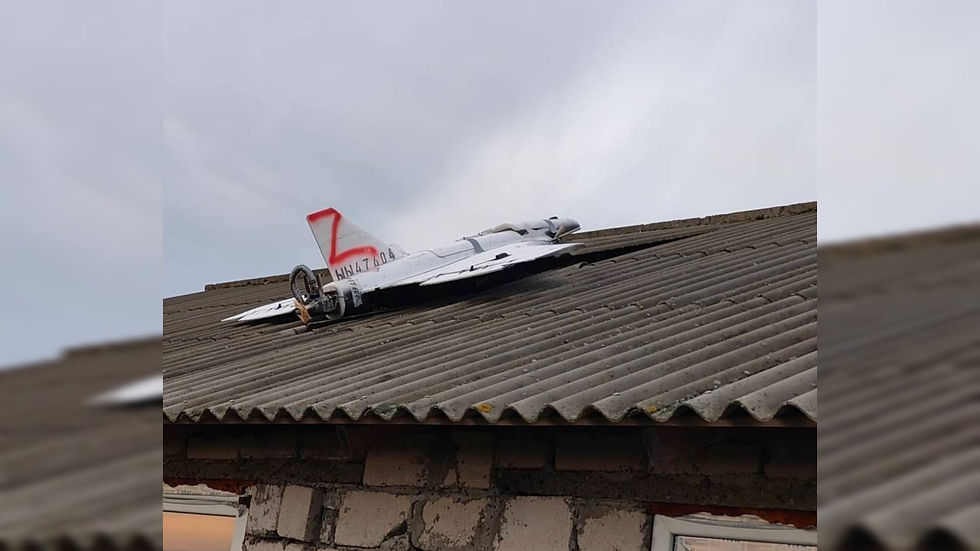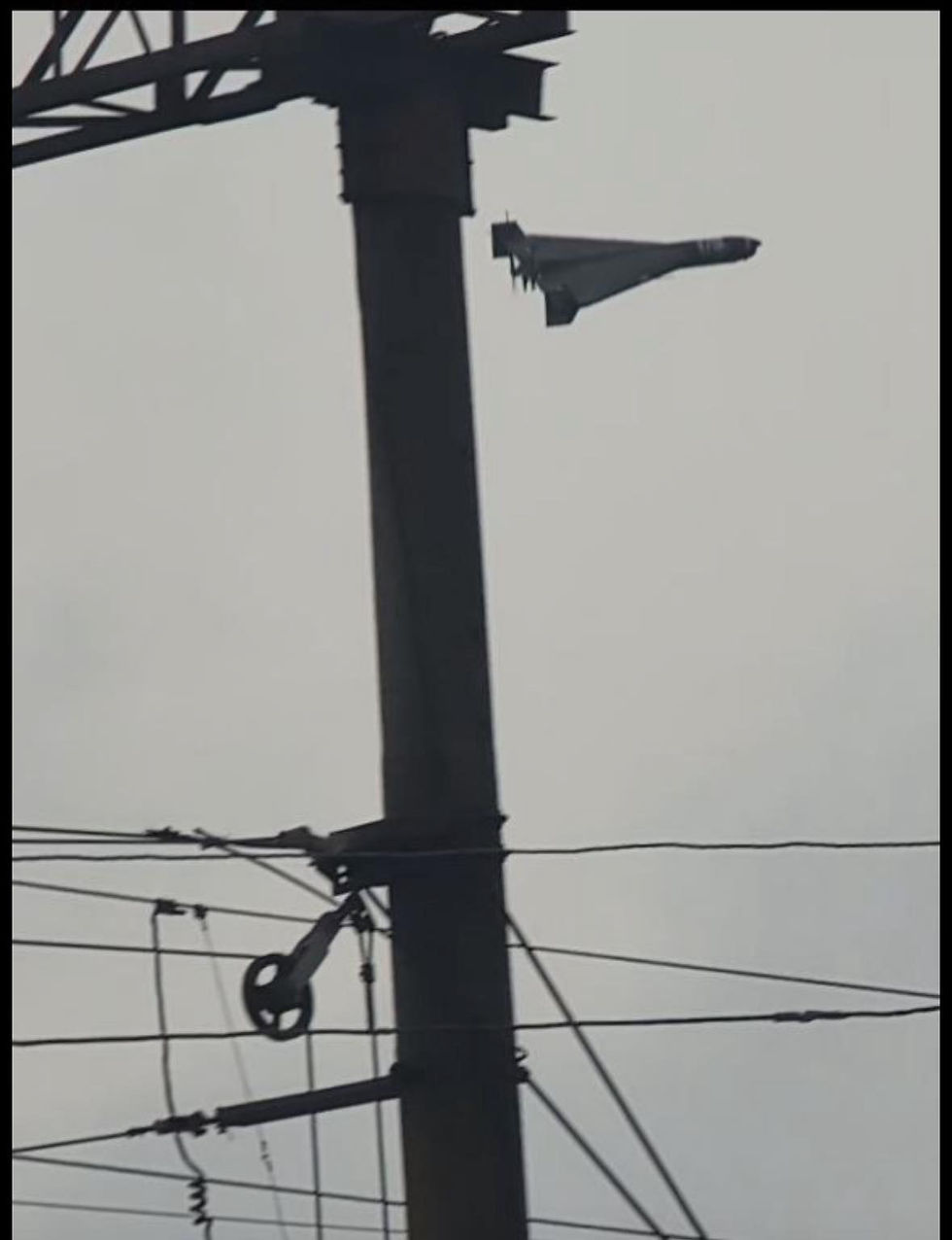Hot Shots: Cold Sweats
- Res Publica

- May 27
- 3 min read
Europe’s not ready. And Putin knows it.
By Edward Lucas.

Source: NATO Force Integration Unit Latvia
With every day that passes, Europe is rebuilding its defense and deterrence. More money. More people. More weapons. More countries involved. New thinking. New sanctions packages. Better decision-making.
Much of this was on show at the annual Lennart Meri Conference in the Estonian capital Tallinn last week. Poland’s foreign minister, Radek Sikorski, likened Europe’s geopolitical rise to the effects of Japan’s 1941 attack on Pearl Harbor, after which an admiral warned “we have woken a giant”. Russia’s economy is smaller than Italy’s. European countries—mostly still on a peace footing—already spend two and a half times more on defense than Russia does while on a war footing, he noted. “Putin has no idea how costly this is going to be.”
In the on-the-record panels, in unattributable discussions and in private huddles, the message was the same. Belatedly, Europe is getting its act together. The guiding hands are the “E-3”—Britain, France and Germany—working closely with Poland. Italy is on board. The Nordic and Baltic countries chip in. The European Commission and NATO get on. The awkward squad, Hungary and others, fume impotently on the EU’s southern and eastern sidelines.
For all the misery in Ukraine, this could end safely. Russia may stay rogue for a generation. But once Europe’s military rearmament and political cohesion gain momentum, it will be a nuisance not a menace. Even wobbles in the transatlantic relationship are manageable. Donald Trump’s administration may find Europe distracting, demanding or ideologically deplorable at times (Europeans think the same about the United States). But the outlines of a new, transactional transatlantic relationship are visible.
Yet as another Pole, General Stanisław Sosabowski, warned his British allies before the disastrous Arnhem offensive in 1944, plans are much better when they also take the enemy into account. The most troubling elements of the discussions in Tallinn, and in European security more generally, concern near-term dangers, not a comforting medium-term future. Put crudely, why would Vladimir Putin wait until Europe is ready? If Russia has any chance of reversing Europe’s growing clout and credibility, the time to do it is when the changes of success are greatest.
The first stage in that is maximizing allied disunity, something that a transatlantic row over a ceasefire in Ukraine makes alarmingly likely. Russia’s aim would be to get Ukraine, with European backing, to reject a ceasefire proposed by the American president. An all-too-probable response from Donald Trump would be to end, perhaps abruptly, what he sees as the US military subsidy for Europe’s security. And then what?
Intelligence assessments that say Russia needs two years or more to reconstitute its forces for a war with NATO countries are missing the point. What matters is not absolute, but relative strength. A Europe suddenly lacking American military enablers, such as electronic eyes and ears, and where (again, absent the Americans) half the 25 genuinely combat-ready brigades come from just two countries (Finland, with 12, and Estonia, with three), and largely defenseless from air and missile attacks, is an alarmingly soft target. Remember: Putin does not need to conquer Europe. He just needs to humiliate it, with a successful landgrab, backed up with threats of escalation (and perhaps a few performative near-misses).
This gambit will be even more effective if it coincides with a crisis on the other side of the world. Xi Jinping’s takeover bid for Taiwan, perhaps involving some quid pro quo with Washington, would reduce the chances of a US rescue for Europe still further.
This nightmarish scenario is far from certain. That sober-minded, well-informed people think it worth discussing at all should be deeply alarming.
By Edward Lucas. Edward Lucas is a Non-resident Senior Fellow and Senior Advisor at the Center for European Policy Analysis (CEPA). Article and pictures first time published on CEPA web page. Prepared for publication by volunteers from the Res Publica - The Center for Civil Resistance.





Comments